There can be your advertisement
300x150
5 Hidden Drawbacks of New Construction You Won't Hear From Developers
We explore unexpected problems when buying an apartment in a new building
Polished brochures, impressive 3D visualizations and convincing sales managers create an image of perfect housing in new developments. Modern technologies, fresh renovations, no history of previous owners — it seems like there are simply no downsides to new housing. But is that really the case? Let's look at hidden problems in new buildings that are often overlooked during sales, but you'll have to deal with after getting the keys.
Main points from the article:
Why 'concrete jungles' can become a nightmare for residents;
How marketing promises turn into disappointment;
Unpleasant surprises that appear after several years of living;
What to look for when choosing an apartment in a new building;
Real stories of buyers who regretted their choice.
Construction Quality: Behind the Advertised Facade
'Modern technologies' and 'innovative materials' are heard in every sales department. But what lies behind these beautiful words? Unfortunately, often — cost-cutting on everything hidden from the buyer's view.
Thin Walls and Poor Soundproofing. In pursuit of profit, developers often use the minimum allowable wall thickness.
Soundproofing issues are among the most common in new buildings. Thin partitions between apartments, cost-saving on sound-insulating materials in floors and ceilings lead to neighbors becoming part of your own life. This problem is especially acute in multi-unit complexes with many studios and one-bedroom apartments, where tenant density per floor is at its peak.
House Settlement and Cracks. A new building is a 'living' structure that settles for several years after construction.
Appearance of cracks, issues with doors that suddenly won't close — typical consequences of settling that can ruin even the perfect renovation. The period of active settlement usually lasts 3-5 years, during which many hidden construction defects become apparent.
Infrastructure Promises: Reality vs Expectations
Beautiful images in promotional brochures often show cozy courtyards, playgrounds, schools and clinics within walking distance. But reality can be completely different.
- Transport Accessibility. 'Metro in 5 minutes walk' can turn out to be a metro 20 minutes away by fast-paced steps through an unimproved area. 'Convenient transportation junction' often ends up with traffic jams during rush hour, as roads are not designed for sudden population growth in the area.
- Social Infrastructure. Schools, kindergartens and clinics usually appear much later than the residential buildings themselves, or sometimes not at all.
- Commercial Spaces and Their Use. Lower floors of new developments are typically designated for commercial real estate. Plans look cozy with cafes, beauty salons and fitness centers... But in practice?
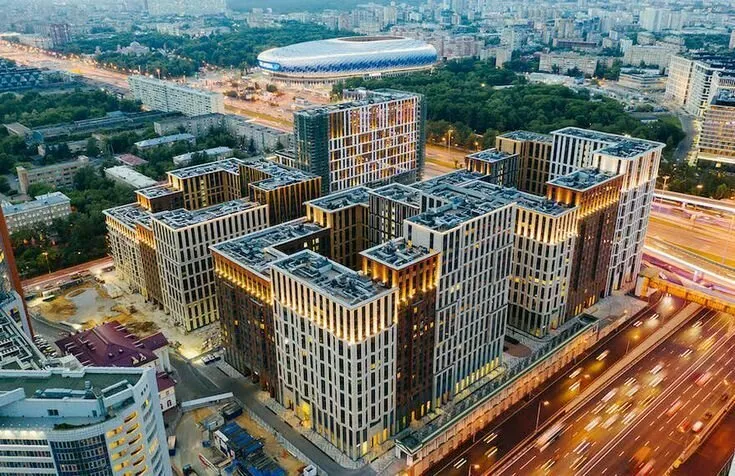 Ajnj^ pinterest.com
Ajnj^ pinterest.comUtility Surprises: When Bills Hit Your Pocket
A new building is often associated with energy efficiency and savings on utility bills. But reality can be completely different.
- High Maintenance Fees for the Building. New buildings are often equipped with additional features — elevators, surveillance systems, automatic gates at entrances — and the cost of maintaining them falls on residents. In addition, management companies chosen by developers often set inflated tariffs.
- Heating Problems. Modern heating systems require proper commissioning and regular maintenance. If the management company fails to handle these tasks, energy efficiency remains just a marketing promise.
Architectural 'Innovations': Functionality in Question
Bizarre layouts, illogical placement of utilities, tiny 'euro' format apartments — all can turn life in a new building into a constant struggle with space.
- Non-functional Layouts. Many modern layouts are designed not from the perspective of living comfort, but to optimize construction costs and maximize sellable area. Hence strange corridors, inconvenient kitchens, rooms of wrong shapes.
- Small Bathrooms and Kitchens. In the pursuit of increasing the number of apartments in a building, developers often sacrifice sizes of auxiliary rooms, significantly reducing living comfort.
Social Environment: Who Are Your Neighbors?
A new building is not just walls, but also the people who live in it. This aspect often proves to be the most unpleasant surprise for new residents.
- Rental Units and Constant Tenant Rotation. A significant portion of apartments in new developments are bought for investment purposes and rented out. High renter proportion creates a temporary housing atmosphere where no one is interested in long-term well-being of the building or good neighborly relations.
- High Population Density. Modern residential complexes often have very high building density. A large number of residents puts pressure on all the building's systems — from elevators to the courtyard. Social interactions in such conditions are minimal — neighbors often don't even recognize each other by face.
How to Choose a New Building and Not Regret It
Despite all the problems listed, new buildings remain an attractive option for many buyers. How to make the right choice and minimize risks?
Research the Developer's Reputation. Read reviews not just about the company in general, but also specific residential complexes it has already delivered. Talk to residents of those buildings if possible.
Check Documentation. Review the project declaration, pay attention to infrastructure construction timelines. Verify that the stated characteristics of the building match actual construction parameters.
Visit Areas with Already Built Houses. Walk around the area, assess real transport accessibility, availability of shops, schools and clinics.
Pay Attention to Apartment Layout. Place the floor plan next to your furniture and appliances, assess how convenient it will be for you to organize space.
Research Reviews About the Management Company. Often it's the management company that determines comfort in a new building.
Check Soundproofing Quality. If possible, visit already completed apartments in the same building and assess how much you can hear from neighbors.
- Buying a new building can be an excellent choice if approached consciously and with awareness of possible problems. The key is not to fall for marketing tricks and evaluate housing not by beautiful pictures, but based on real parameters affecting living comfort.
Have you encountered unexpected problems when buying an apartment in a new building? Share your experience in the comments!
Cover: pinterest.com
More articles:
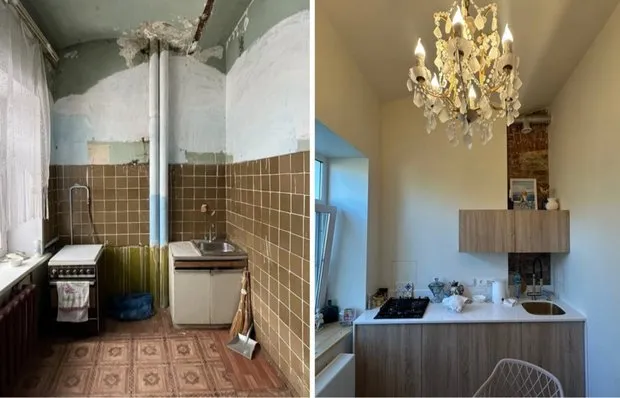 Before and After: Stunning Transformation of a 'Killed' 38 m² Two-Room Apartment in a 19th Century House
Before and After: Stunning Transformation of a 'Killed' 38 m² Two-Room Apartment in a 19th Century House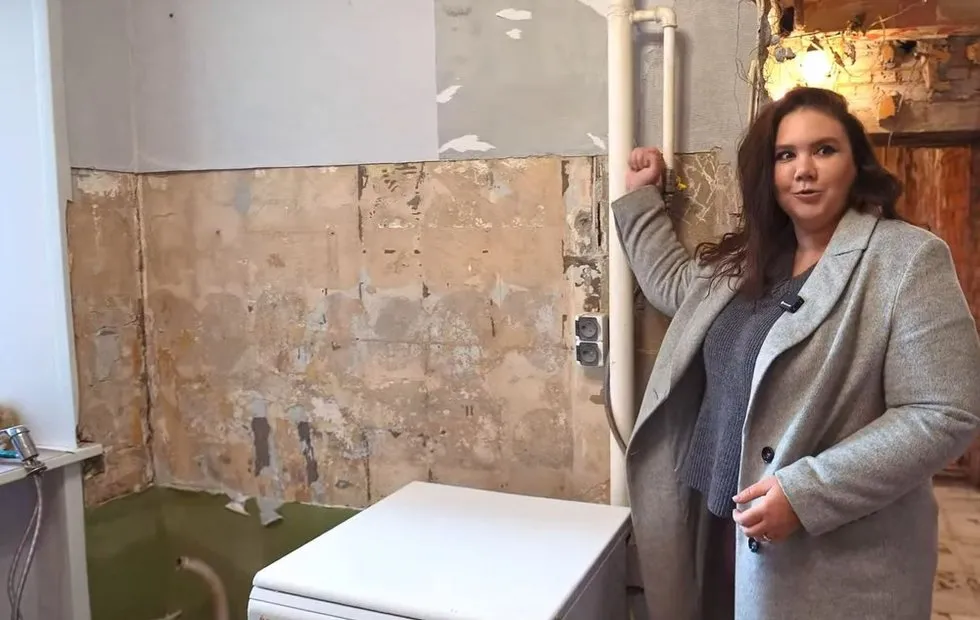 Why Pay 100 Thousand for a Stairwell Pipe: Exposing Hidden Utility Fees Nobody Talks About
Why Pay 100 Thousand for a Stairwell Pipe: Exposing Hidden Utility Fees Nobody Talks About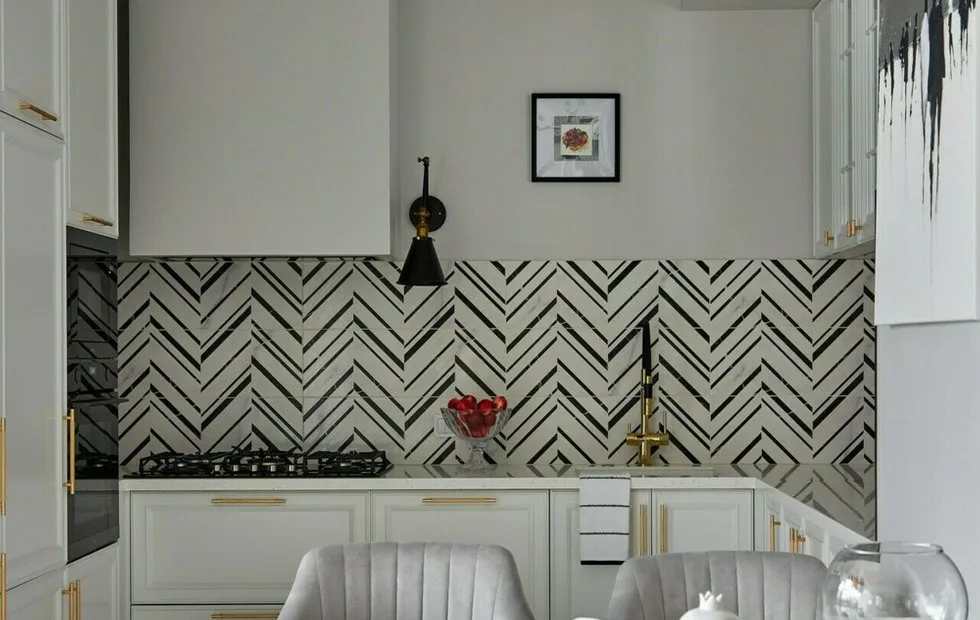 How to Choose Ceramic Tile: A Complete Guide for Renovation
How to Choose Ceramic Tile: A Complete Guide for Renovation 5 Stylish Micro Entryways with Cool Ideas for Renovation
5 Stylish Micro Entryways with Cool Ideas for Renovation Urban Garden All Year Round: How to Grow Vegetables and Herbs on a Balcony
Urban Garden All Year Round: How to Grow Vegetables and Herbs on a Balcony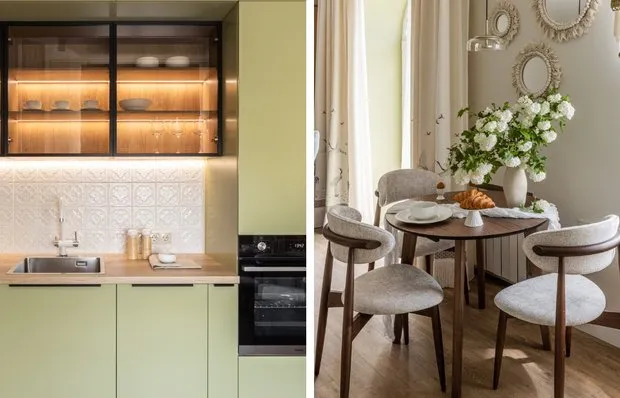 Light of Southern Sun: How They Designed the Kitchen in a Stalin-era Apartment in Ufa
Light of Southern Sun: How They Designed the Kitchen in a Stalin-era Apartment in Ufa Minimalist and Light: How They Designed a Stylish Entrance in a Stalin-era Apartment
Minimalist and Light: How They Designed a Stylish Entrance in a Stalin-era Apartment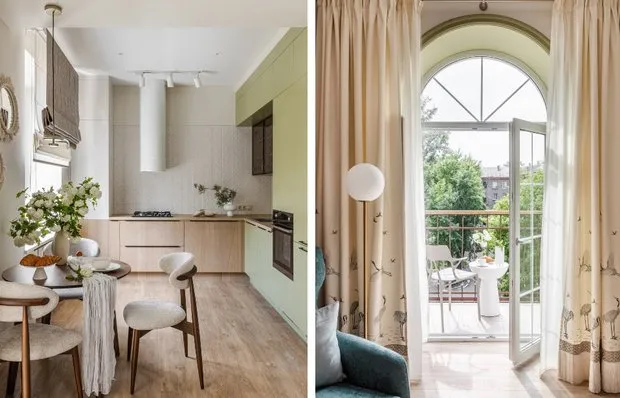 8 Ideas We Spotted in the Transformed Stalin-era Apartment from 1953
8 Ideas We Spotted in the Transformed Stalin-era Apartment from 1953